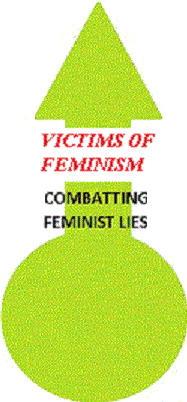Home > Issues > The Dykeocracy > Abstracts relating to Lesbian Domestic Violence |
||||||||||

|
Empowering Men:fighting feminist lies |
|||||||||
Abstracts relating to Lesbian Domestic Violence© Peter Zohrab |
||||||||||
Home > Issues > The Dykeocracy > Abstracts relating to Lesbian Domestic Violence |
||||||||||

|
Empowering Men:fighting feminist lies |
|||||||||
Abstracts relating to Lesbian Domestic Violence© Peter Zohrab |
||||||||||
Here are some abstracts of research papers on Lesbian Domestic Violence. You need to ask yourself how often Lesbian Domestic Violence has been mentioned by the man-hating Scum-Media, the Man-hating Scum-Police, the Man-hating Scum-Universities, or the Man-hating Scum-Government, including the Man-Hating Scum-Ministry of Women's Affairs, in your experience. In fact, of course, all these scum either don't even know about Lesbian Domestic Violence -- which shows that they are grossly incompetent -- or they have been deliberately suppressing this knowledge in order to demonise men as being the sole presumed perpetrators of Domestic Violence.
| |
|||||||||
|
|||||||||
Top |